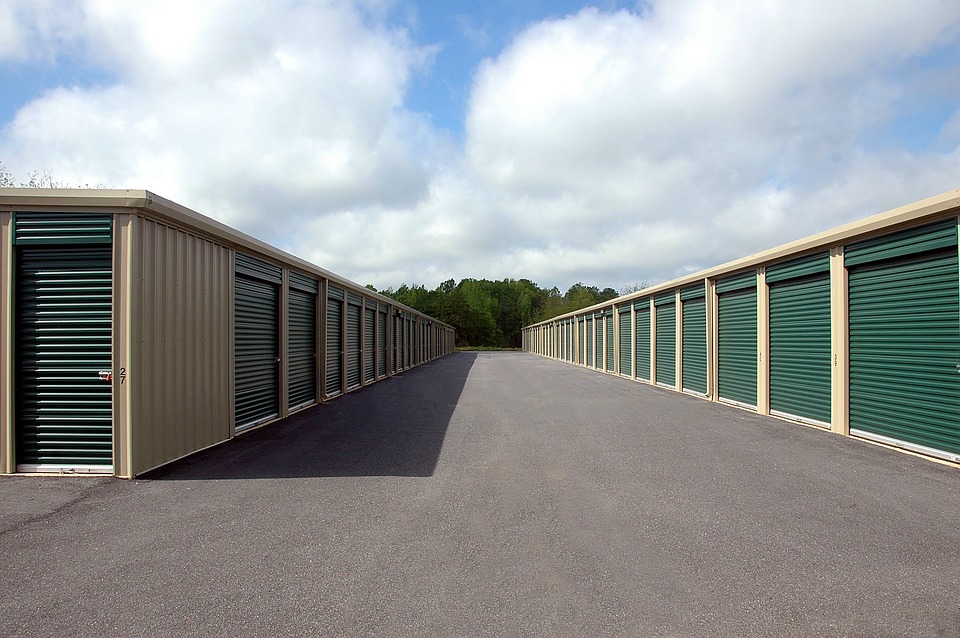Mindful Workspaces & Storage wants you to know that your self-storage unit doors are used by customers regularly, so they’re an important part of the tenant experience. They get a tremendous amount of wear & tear. The door is also important as it is the main component that keeps people from getting to your belongings stored inside.
The perceived safety, security, and value of the entire facility rests heavily on how the storage doors look and function. If people get the impression that the owners don’t care about their own property, then why should they believe you’ll care about protecting the tenants? And that is a fair point. Chances are, they won’t feel good about storing their valuables with you. Knowing this, you need to make your doors a priority.
The following is a guide for cleaning, safety, and maintenance for self-storage doors:
Cleanliness
Dirty unit doors can detract from the property’s curb appeal. In addition, if you don’t properly care for the doors, the paint will eventually suffer, which will only lead to a decrease in property value.
Even newer doors need regular cleaning. Steel picks up dust, dirt, and road salt over time. Washing won’t only improve your facility’s appearance, but it will protect the paint. It would be best to consider these practices for cleanliness:
- Whenever possible, wash your doors in the shade or on a cloudy day to avoid water spots.
- Use a small amount of free-rinsing dish soap. These are gentle on paint and rinse easily. Don’t use silicone-based products like Pledge, or oily products like WD-40, as they attract dirt and dust.
- Wash by hand using a soft-bristled brush or microfiber towels like the ones you would use on your car. Before you start, make sure there are no rocks or other debris trapped in the brush.
- Rinse your doors completely with the soft spray of a hose. Don’t use a pressure washer or hard spray, as this can force water into the units and damage your paint.
Safety
If you don’t regularly maintain your roll-up doors, the effects of aging plus daily wear and tear will take their toll. While it’s important that your doors look good, safety is even more critical. If doors are running off track or difficult to open and close, they pose a risk to tenants and staff. Putting off maintenance or replacement isn’t worth someone getting hurt.
So, take regular care of your doors. Make sure that they are in proper working order. Maintenance does require much time and energy. It might require unit access, so you have to plan ahead. It’s wise to include a line item in your annual budget to cover the time and materials you’ll need. Estimate the amount of staff time required, and notify tenants in advance of the project.
Maintenance
Now, let’s get down to maintenance. If your roll-up doors didn’t include pre-greased springs at the time of purchase, you need to perform an annual checkup to ensure functionality and ease of use. Make sure the track alignment is correct and see if the springs need to be greased.
In general, white lithium grease is an appropriate product to apply to springs. It ensures the door works smoothly, preventing any locking up or malfunctions. Important note: Never disassemble the springs themselves!
You might also need to check the door tension. If necessary, you can adjust both the left and right springs simultaneously. This allows the same tension on both sides of the door curtain, which ensures that when a customer opens his unit, the door will roll up and down evenly. To determine the appropriate tension, follow this test:
- While the door is in the closed position, slide the latch open.
- With minimal effort, begin to roll the door up. It should stop around your knees. It shouldn’t fall back down or go up much farther.
- Continue to open the door, with slightly more effort, until it’s completely rolled up. The door should stay in that open position and not drift downward.

